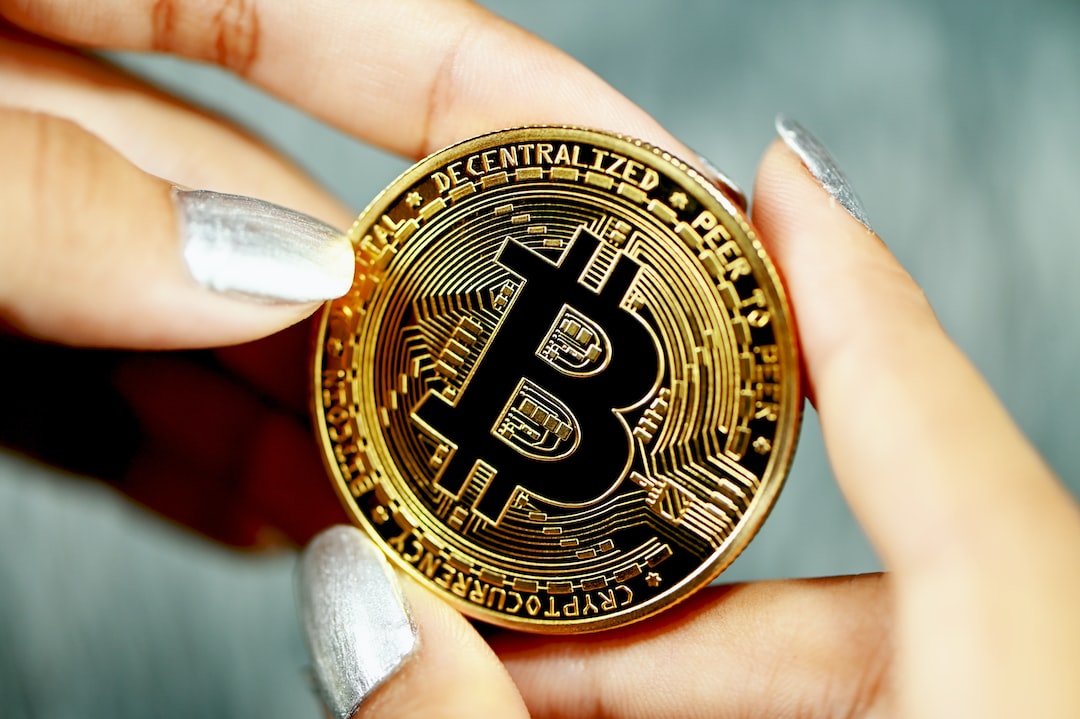Symbolism and Protest: Burning Money in the Crypto World
The act of burning money has a long history and various meanings. In China, burning money is a spiritual practice to honor ancestors and provide for their afterlife. In modern times, burning money has become a form of artistic expression and protest, often used to highlight the worthlessness of fiat currencies.
Throughout history, there have been several notable instances of burning money. In the 18th century, New York City courts burned counterfeit bills to demonstrate their worthlessness. In 1984, French celebrity Serge Gainsbourg burned a banknote on television to protest high taxes. More recently, Argentinian soccer fans burned and tore bank bills to mock the country’s inflation.
The recent collection of 111 Bitcoin Ordinal inscriptions has attracted attention for burning $1 and $100 bills. While these burnings are done for artistic reasons, they also symbolize a protest against global monetary systems.
Satoshi Nakamoto’s Anti-Banking Sentiment
The creators of the Ordinals collection share the sentiment expressed by Bitcoin founder Satoshi Nakamoto in the first block of the Bitcoin blockchain. They believe that fiat currencies are worthless and that Bitcoin has the potential to replace the US dollar as the global reserve currency.
Although burning Federal Reserve notes is technically illegal under US law, these laws are primarily focused on currency manipulation through counterfeiting. The government is less concerned about people setting their own money on fire for artistic or performance purposes.
Sending an Anti-Fiat Message
The creators of the Ordinals collection aim to send a clear anti-inflationary and anti-banking message to central banks like the Federal Reserve. They argue that central bank notes are not worth the paper they’re printed on and assign a greater value to $1 bills than $100 bills based on the cost of printing.
While the Ordinals collection experienced a temporary drop in popularity, it is now gaining momentum again. This resurgence reflects growing interest in Bitcoin and its potential as an alternative to traditional monetary systems.
Hot Take: Burning Money as a Crypto Protest
Burning money has long been used as a symbolic act of protest and artistic expression. In the crypto world, burning money represents a rejection of fiat currencies and a call for the adoption of decentralized alternatives like Bitcoin. The recent collection of 111 Bitcoin Ordinal inscriptions, each representing the burning of US bills, captures this sentiment.
While burning money is technically illegal under US law, the government is more concerned with counterfeiting than with artistic or performative burnings. The creators of the Ordinals collection are using this act to send a powerful message to central banks and challenge the worth of fiat currencies. As interest in Bitcoin continues to grow, these burnings serve as a visual reminder of the crypto community’s desire for change.





 By
By
 By
By
 By
By
 By
By
 By
By
 By
By